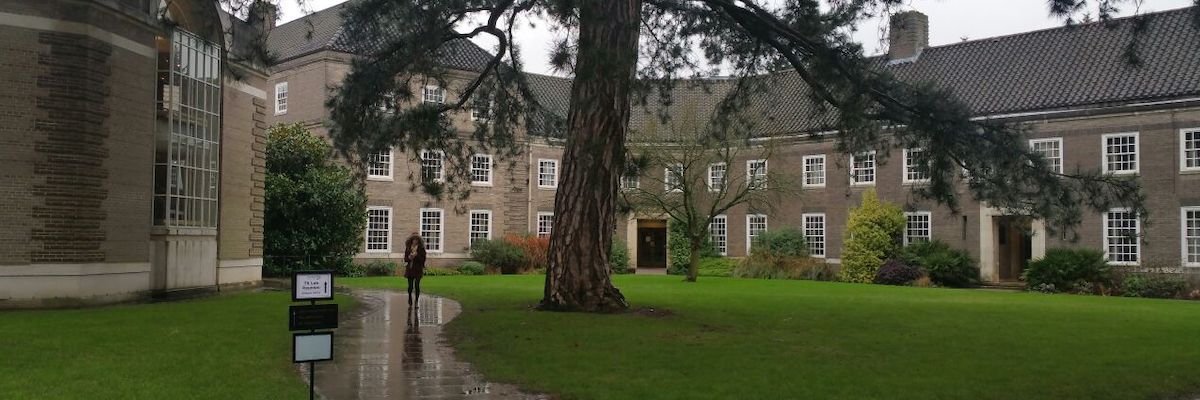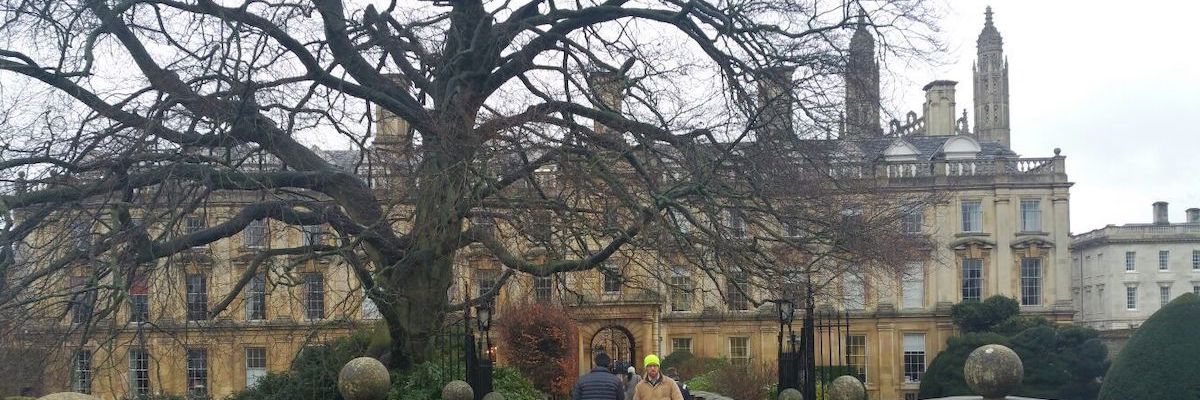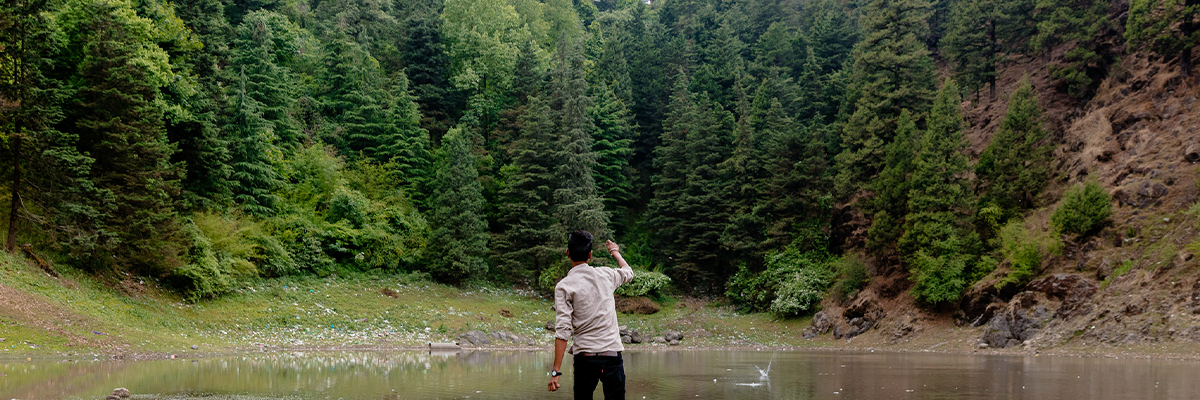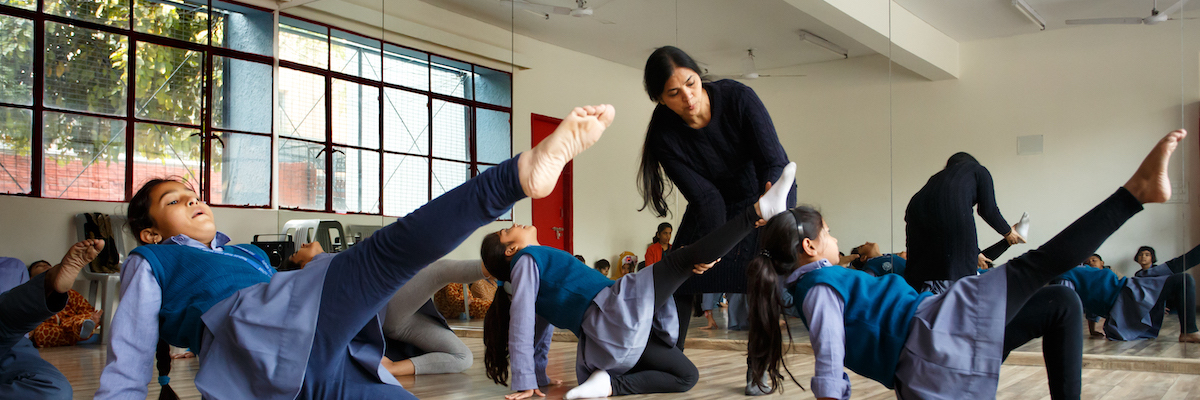Schools
Education for a Better World

The Hearth’s endeavour is to enable schools to assist their students in meeting the academic, social, cultural, and economic challenges that will face them. We work with new and existing institutions to develop solutions that are relevant for their region and social context.
The different approaches used analyse the strengths and weaknesses of the school, reduce barriers that may hinder communication internally and externally, improve quality and develop plans for training consistent with the needs of the context. We also advise on the strategic planning, pre-operational design and operational roll-out of new schools and school groups.
Early Years Education
The Hearth helps establish early childhood education centres, designed to meet regional and cultural demands that will provide high quality care, learning, and social support to young children in order to enhance their development and learning. An Early Years Curriculum has been developed by the Hearth, which is based on international standards and is adaptable to national norms and requirements.
Primary and Secondary Education
The Hearth helps direct the planning, construction, operation and management of primary through secondary educational systems, from individual schools to national level operations that incorporate internationally proven instructional techniques, leading faculty, and state of the art facilities to ensure students have the greatest opportunities to succeed academically. We have developed a Primary School Curriculum and a Middle Years Structure, that are based on international standards and are adaptable to national norms and requirements.
Our Approach
Many of the schools being built are unsuited to the changing future pedagogy, curriculum and learner expectations that can already be anticipated. The world that schools are being designed for is changing, propelled by some powerful drivers. Globally, new pedagogies are emerging. STEM and ICT have been catalysts for change and key tools to bring about changes in learning.
The Hearth has conceptualised a process, School Design Thinking, that enables the creation of leading learning communities for the future, where the schools are dynamic, adaptive, self-organising systems, not only capable but inherently designed to renew themselves and to grow and change.
The work of the Hearth, with both new and existing schools, tries to address the following questions:
- How might we create a high performing learning experiences at our school?
- How might we (re)design our approach to infrastructure and architectural design, curriculum development and delivery to centre on the needs and desires of our teachers and students?
New Schools
For new schools, the Hearth develops a detailed Education Design for the school that serves as a guiding document for the education philosophy, operational methodology and overall concept strategy that the founders of the school are seeking. The Education Design keeps the local and international market requirements and regulatory obligations in perspective and ensures that the operations of the school are in keeping with the guiding principles with which the institution was established. Further, we provide detailed guidelines and conceptual ideas in the Infrastructure Design that guides architects, planners and the founding team in preparing institutional designs. This ensures that the concepts of the Education Design, local market requirements and regulatory obligations are kept in perspective.
Existing Schools
For existing schools, the Hearth conducts an Education Audit that provides a detailed analysis of the present situation at a school and serves to guide the further development of the institution. The process is participative, with the Hearth’s team interviewing the governors, leadership and senior management of the school, along with students, staff, parents and (if required) the wider community. From the Education Audit emerges a Development Plan that addresses the professional development, curriculum enhancement and infrastructure upgradation need of the school.






